Shooting at longer ranges is great fun and its increasing popularity makes that clear.
Shooters are looking to reach ever greater distances each year. For many it’s pure enjoyment — there’s just something about hitting a steel target at 1,000 yards that brings a smile.
Read More: The GearScout Guide to modern concealed carry
Others are long-range hunters; still more are competitors.
Precision rifle, long-and extra-long range (ELR) competitions are amongst the fastest-growing shooting sports. Each sector differs with set of needs that can range from a few hundred dollars to well over ten grand. It presents a minefield of options that can drain your bank account in a hurry, so be careful.
In this guide, we’ll help you get started in long-range shooting:
1. What is long range shooting?
2. Accuracy versus precision
3. Best group size
4. Best rifles for long-range fun
5. Best rifles for long-range hunting
6. Best rifles for long-range shooting competition
7. Best rifles for extreme long range
8. Best long-range optics
9. Training tips for long-range shooting
What is long-range shooting?
You would think that’s an easy question.
Starting out as a police sniper decades ago “long range” was 500 yards, reaching out to 1,000 yards was considered all but impossible by most.
Hunting at longer ranges was taboo at best and precision rifle competitions were closed affairs for military and law enforcement. But today, reaching 1,000 yards with production rifles and factory ammunition is pretty easy.
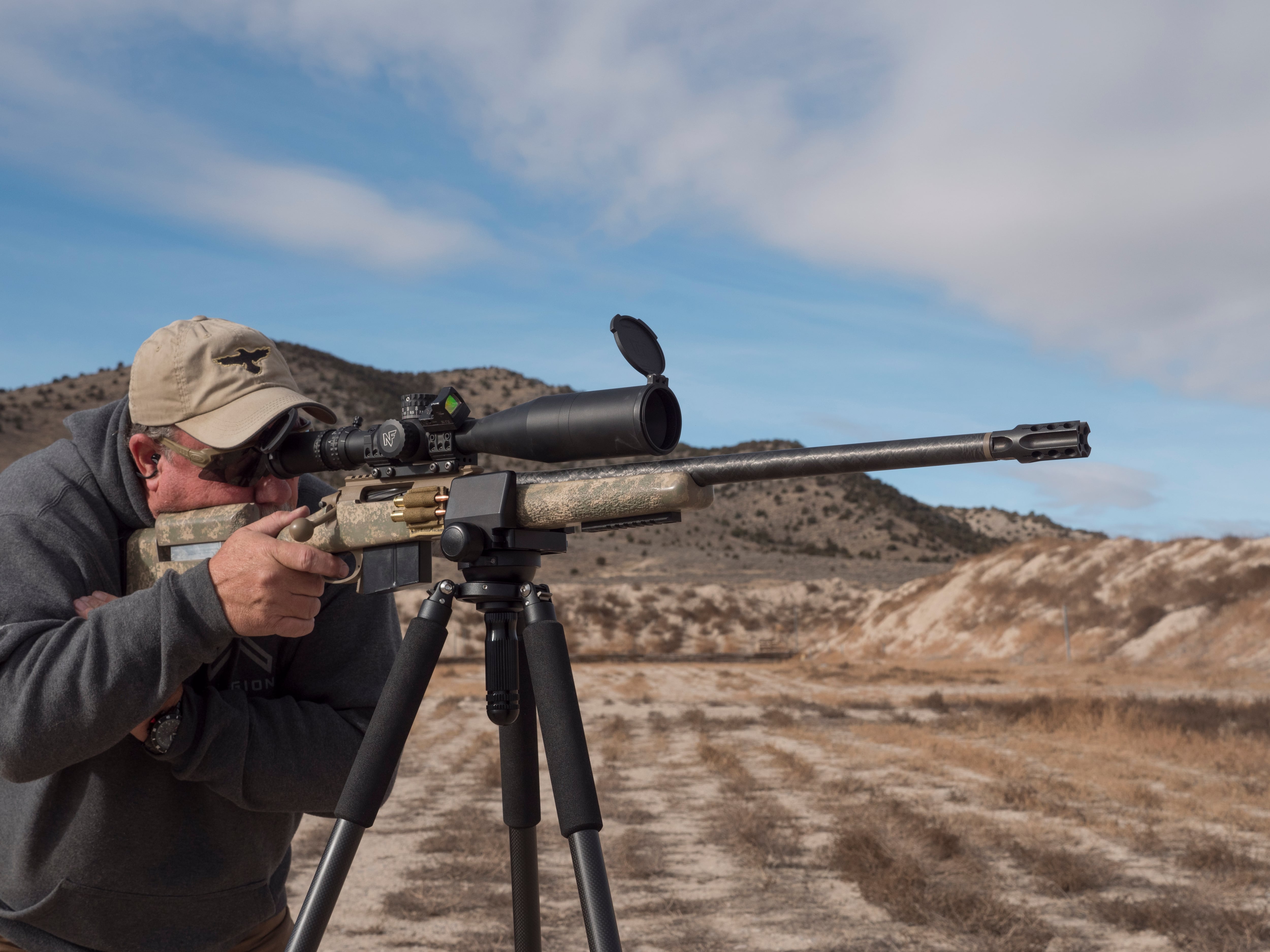
Hunters are reaching well beyond 500 yards on large animals, and even longer on smaller game. Standard AR-style rifles chambered in .223 (5.56mm) or .308 (7.62mm) can reach 500 yards with ease and precision models extend that to 800 consistently.
Calibers like 6mm and 6.5mm Creedmoor can reach 1,200 -1,500 yards using factory ammunition and solid equipment. Magnums like the 6.5 – 300 PRC will take you to a mile without too much trouble. Jump up to the big magnums (.375-.416 caliber) and you can double that and more with ELR matches starting at 2,000 yards and stretching to 3,000 yards or more.
Given today’s equipment, ammunition, and level of training the sky has really become the limit.
Read More: The GearScout Guide to personal body armor
Accuracy versus precision
Distinguishing between accuracy and precision is critical.
Accuracy is the ability to have your round hit “exactly” where aimed at your preferred range. This is the most critical aspect for hunters, police marksman and in some cases long range competitors.
An accurate rifle will hit exactly where you aim, subsequent rounds may not be in exactly the same place but close enough to hit where necessary. It insures first round hits on game, threats or steel with the ability to follow up as necessary — maintaining hits on steel or within vital areas.
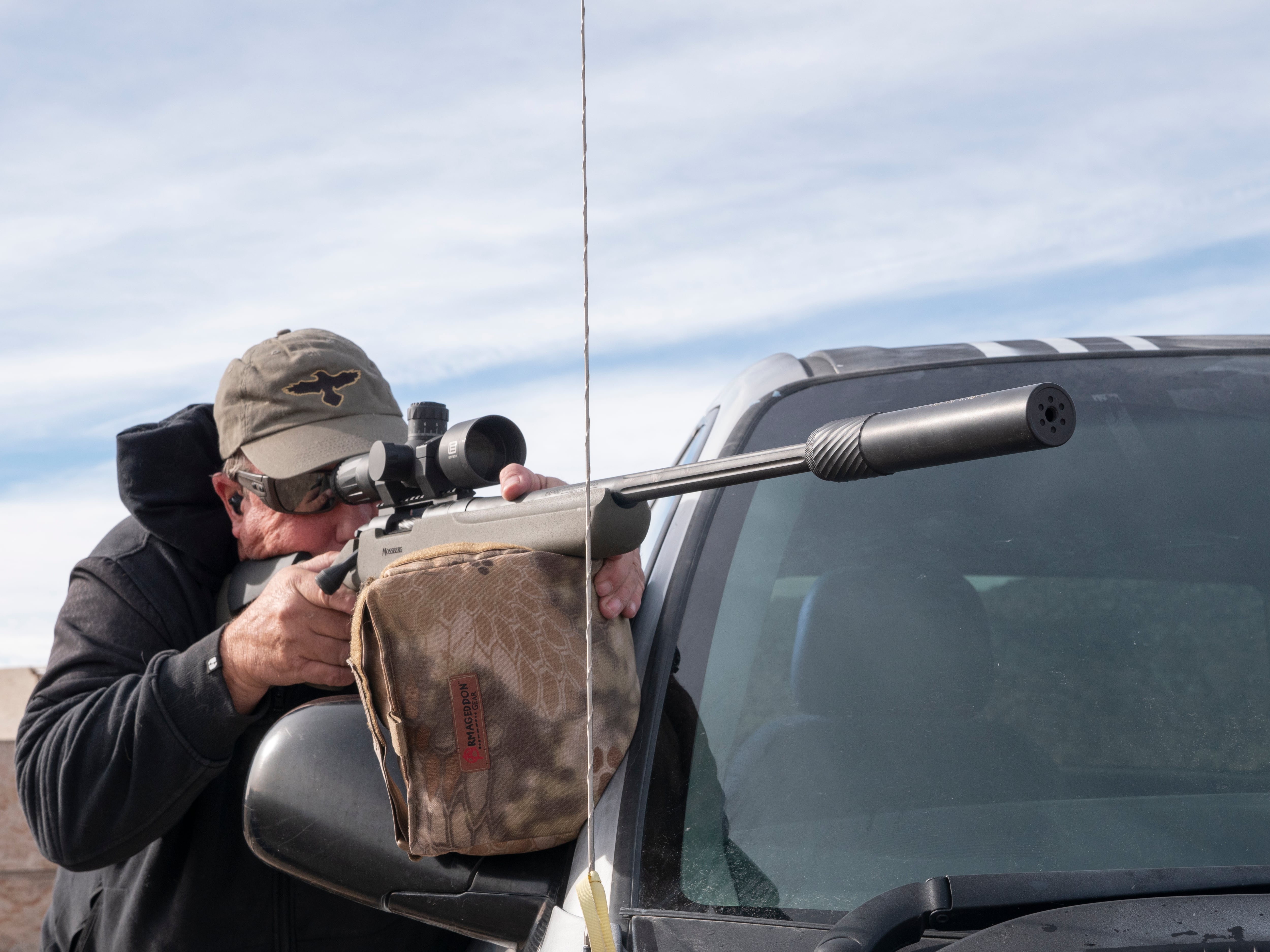
Precision is the ability to place multiple shots into the same spot, or group. Target or precision shooters require this especially when trying to stay on a small target.
Precision is about repeatably. To put it another way, with precision, exactly where the round hits can be less critical than hitting in exactly the same spot each time.
Trying to put 10 rounds in the “X” at 1,000 yards, it needs to be accurate, but precision is paramount. The trick is determining which you need, or if you need both.
And that’s where things get expensive.
Best group size
Most want a rifle to maintain at least 1 Minute of Angle, or MOA, of accuracy.
Simply stated, that’s multiple shots at 100 yards inside an inch, three inches at 300, five at 500, 10 at 1,000 yards and so on.
It is not precisely linear, but that’s the general idea. A “half minute gun” cuts that in half. Shooting 1 MOA you can (theoretically) hit a 12-inch target at 1,200 yards. Not that easy in the real world but you get the idea.
Read More: The GearScout Guide to competition shooting
Most production target or precision rifles will hold 1 MOA, some less. Custom rifles can literally put them in the same hole. Generally the more precise the greater the cost, not always, but generally.
Best rifles for long-range fun
If your goal is to just ring steel, there are lots of choices out there.
Ruger, Mossberg, Sako, Tikka and Remington — pretty much every major manufacturer makes a rifle capable of hitting a 24-inch target to 1,200 yards using .308-based calibers.
Rifles chambered in 6.5mm rule this space in production rifles, with 6.5 Creedmoor being the most popular.
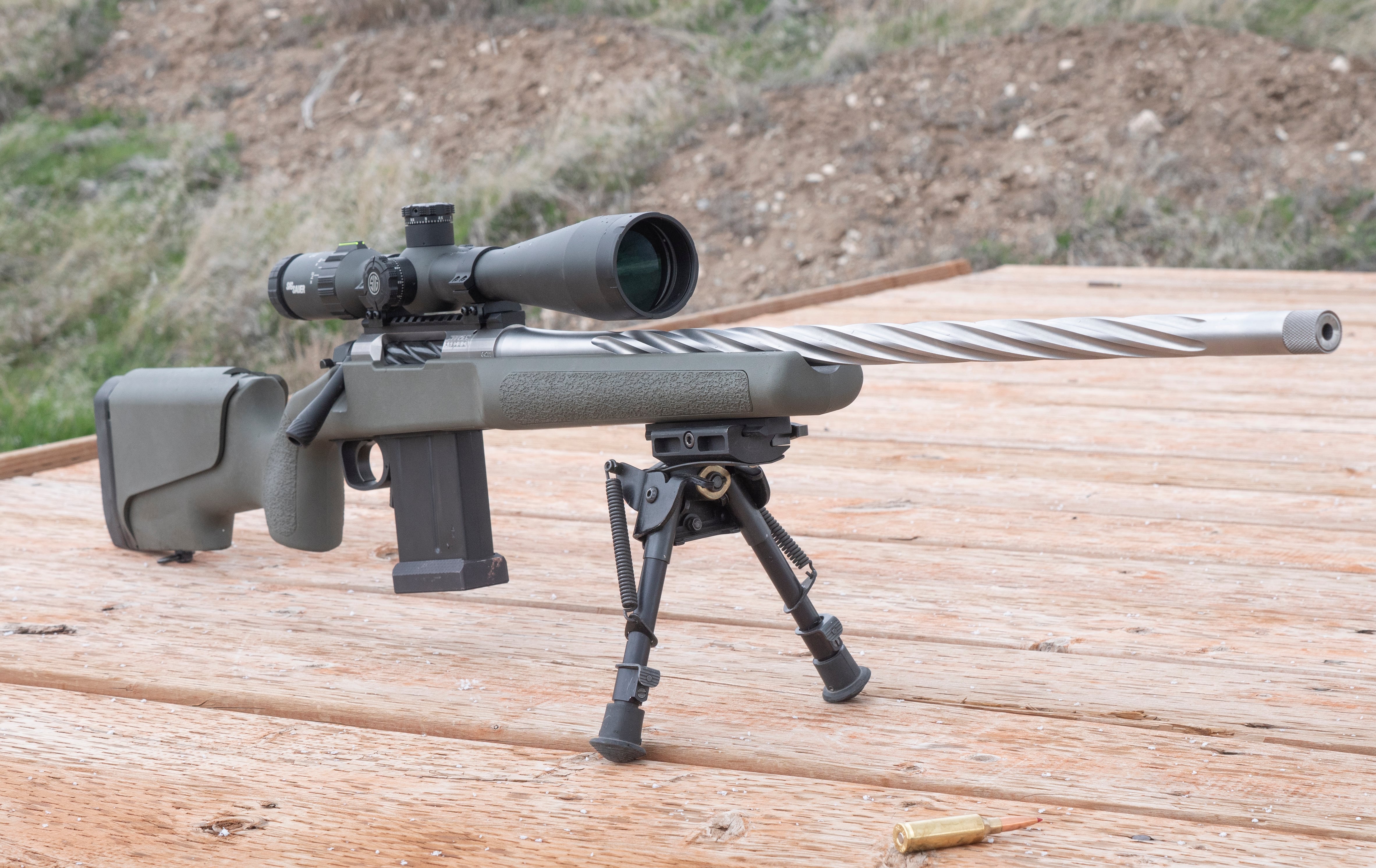
Fast and flat 6mm versions are also gaining popularity with the 6mm Creedmoor, but the 6.5mm offers the greatest variety of factory ammunition.
Every major company has a 6.5CM load for just about any need, Hornady has several.
Most rifles in this class are between $1,200-$1,900 — all are accurate, and some are both accurate and precise.
Best rifles for long-range hunting
Most hunters get one or maybe two shots on game — or at least that’s the plan.
Whether they are in precisely the same spot is less critical than hits in vital areas.
Companies are making tremendously accurate rifles designed for long-range hunting.
The Seekins Precision HAVAC is a 7-ish pound rifle that will out shoot most game at under two grand.
Winchester, Remington, Ruger — all the major companies build a solid rifle for long-range hunting. Step up to the magnums (short or long), and you can humanely take large game at some impressive distances.
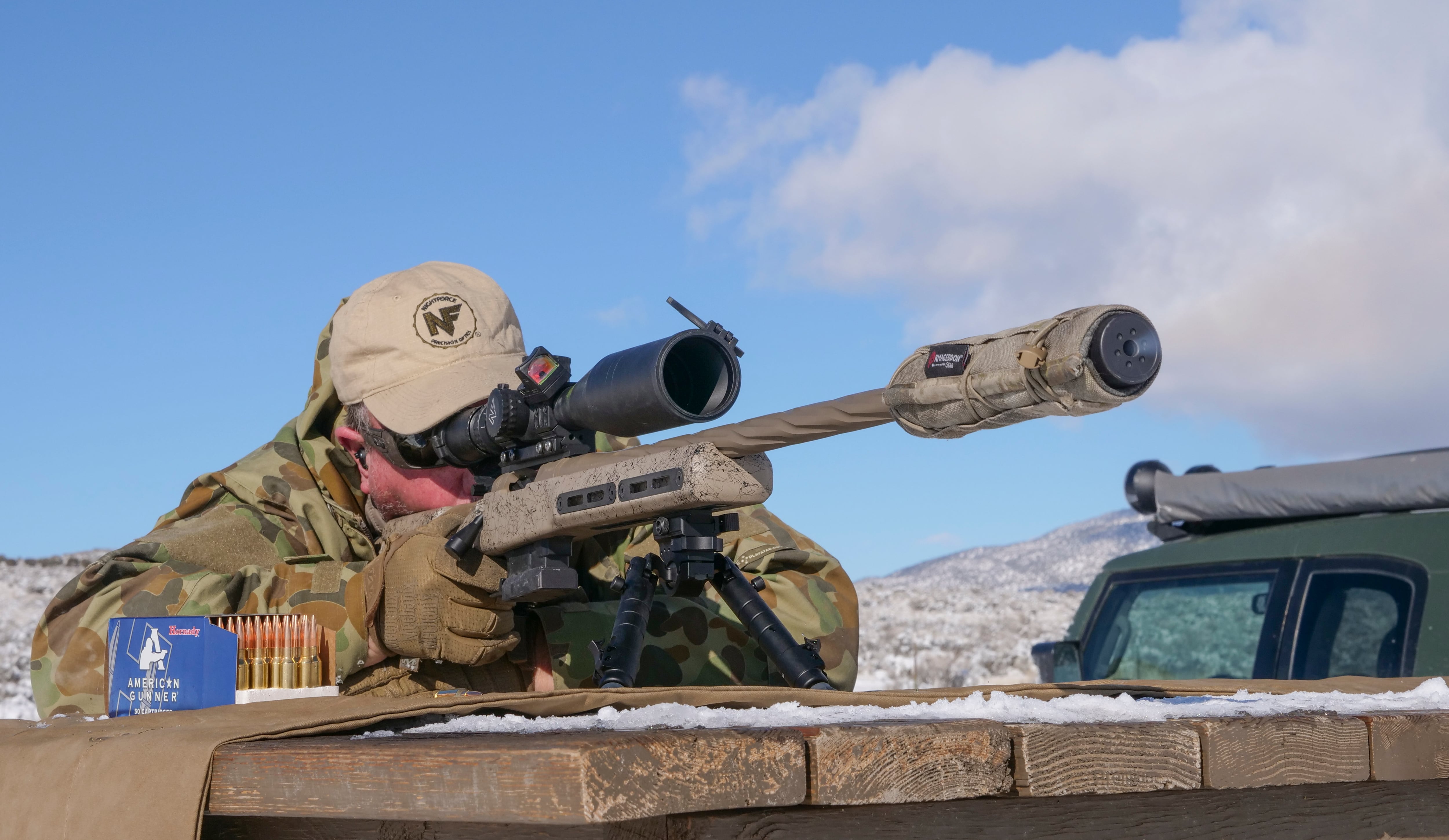
Custom hunters will shoot with any rifle out there, it will cost you though. Using a Snowy Mountain Rifles 300 PRC (coming in at over $5,000) I regularly get first round hits centered on a 12-inch steel at over 1,300 yards.
Many professionals are moving to the 6.56PRC given its low recoil and hard hitting rounds, perfect for humanely harvesting game at extended ranges.
For smaller game or varmints the same companies make very light, fast, and flat shooting rifles in several calibers that can accurately and consistently hit small targets at crazy long distances.
Best rifles for long-range competition
Accuracy is key, but precision is the main requirement in long-range competitions.
Want to start out without breaking the bank, then rimfire is the way to go. Ruger makes a precision rimfire that costs less than $500. Most courses are 100 yards or less but your targets are very small.
Some reach out farther, and for those, you can spend as much as a center-fire setup. But you can at least get started without breaking the bank — and so can your kids.
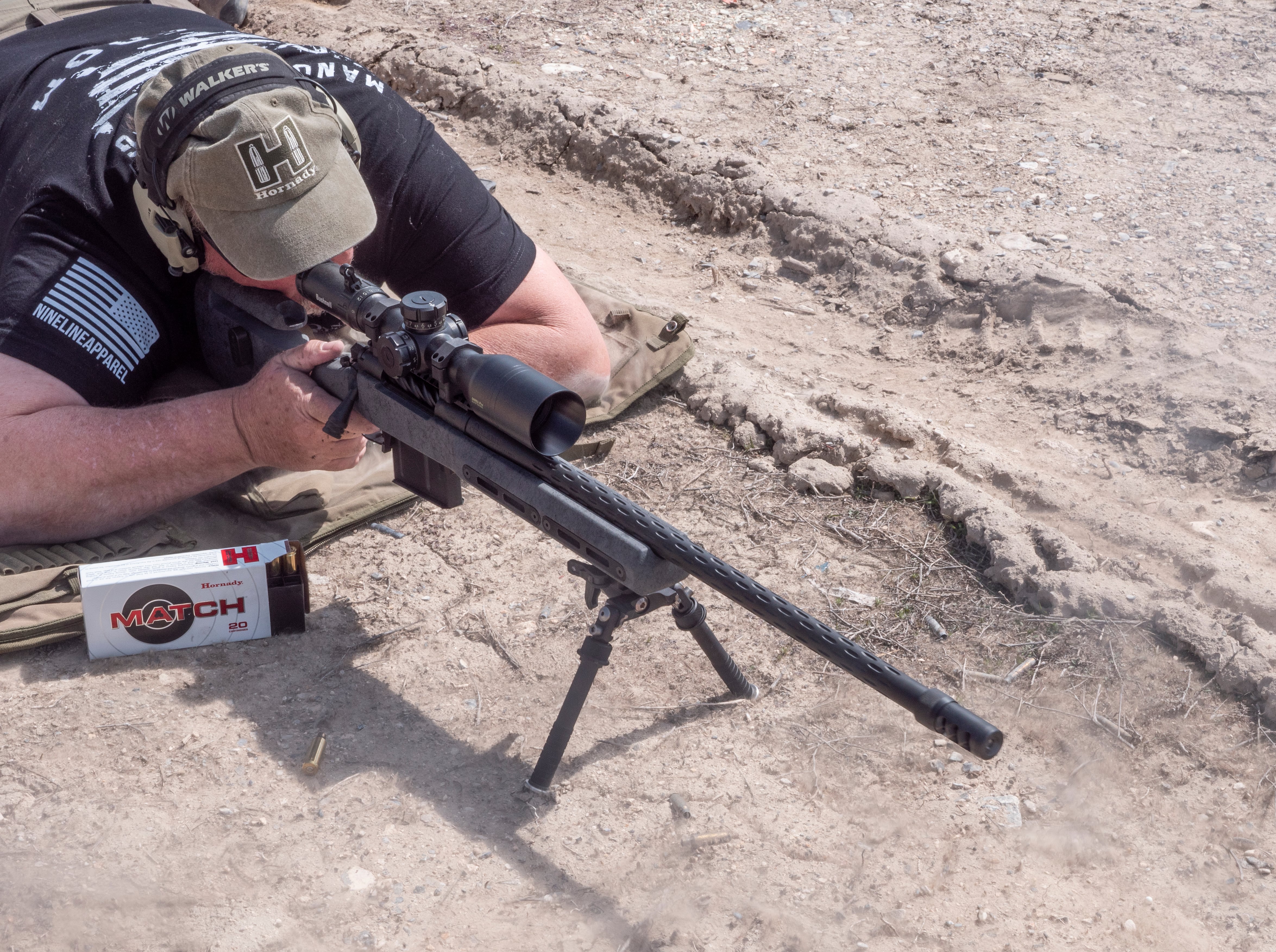
These competitions can be held at local ranges and are just a flat out ton of family fun!
Add some decent optics and that same entry-level precision rifle for ringing steel will get you started in most local precision rifle matches.
Many new shooters start with a Ruger Precision Rifle in 6mm or 6.5mm Creedmoor. Tikka’s Tactical is another great choice along with offerings from Savage, Thomson Center Arms, HS Precision and several more.
Getting into it at this level allows you to see if you really like the sport before you start spending somer real cash. Add a decent scope, bi-pod, maybe a tri-pod setup and a few bags and you are into it a couple grand.
Custom rifles start at twice that for the rifle alone and can reach three times as much. Optics will cost as much — if not more — than the rifle itself, so it can turn into a home mortgage pretty quick.
It’s best to start simple, get a feel, then decide to take the plunge.
Best rifles for extreme long-range shooting
ELR is growing in popularity, but it’s anything but a beginners sport — at least when it comes to equipment.
You are trying to get first round hits at very long range, and that requires not just a special rifle, but special optics, special skills and specialized ammunition.
Generally something like .338 Lapua Magnum is a training cartridge, with .375 Cheytac or similar the most common. Bigger calibers like the .416 are starting to catch on.
In these scenarios, you’re hitting your first target at 2,000 yards or more — and that’s no easy task. Those doing well load their own ammunition, often wildcats, and will spend thousands, maybe tens of thousands of dollars on equipment.
Fun stuff, very challenging, just be prepared for what it entails.
Those doing it find it quite addictive, so take the time to get to a match before you jump in. Everyone in the sport is incredibly helpful, so ask lots of questions before you buy.
Best optics for long-range shooting
Longer ranges require optics and that can cost as much or more than the rifle. But make sure you don’t buy more than you need, unless you can afford it.
Leupold, Bushnell, Nightforce, Trijicon, Vortex and a several others make solid scopes in the $750-$1,200 range that are great — spend $1,500-$2000 and you’ll get into some excellent glass.
Bushnell’s Elite Tactical line is proven and popular, along with the Leupold Mark5 HD scopes.
Steiner’s TX line has great glass and reticles, while Nightforce makes a number of scopes designed specifically for long-range hunting, shooting and competition.
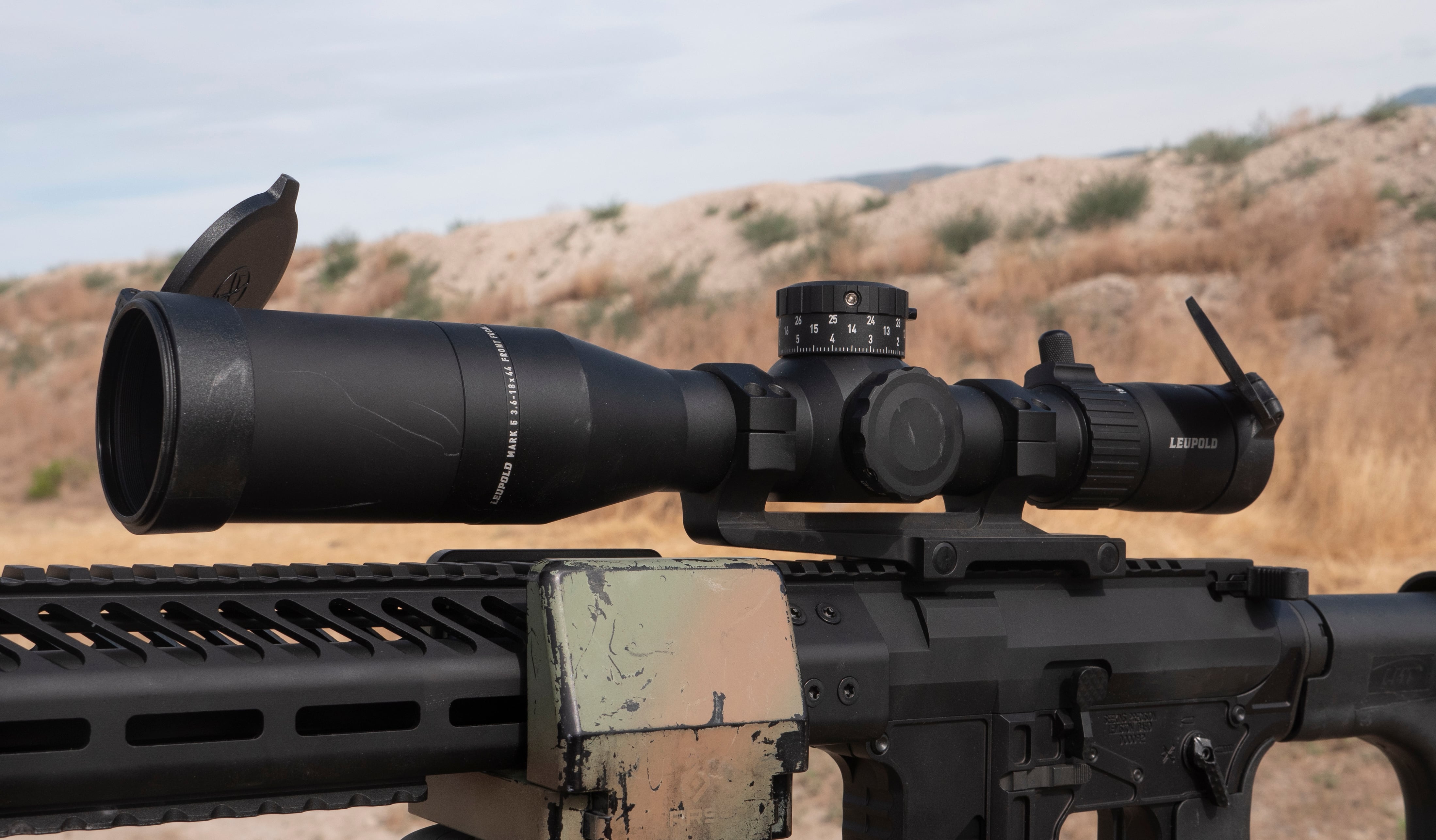
If you get serious, you can spend upwards of $4,000 on some of the latest high-end optics from Nightforce, Leupold, Kahles, Zeiss and Swarovski. You get the best glass, coatings, internals, and construction.
Just make sure you need it — most people won’t see the difference let alone use it. But it’s like driving a Porsche; if you can afford it, why not?
Best ways to train for long-range shooting
The best plan for those just starting out is to get an affordable, solidly performing rifle, an optic they can afford, the minimal accessories needed and spend the rest of their effort and money on training and ammunition.
With the success of the precision-rifle shooting, well-trained, quality instruction is everywhere, so get some.
Start simple with a rifle, pack or bag, sling and a tripod and get the basics down. Then hit a match or two and see what works for you.
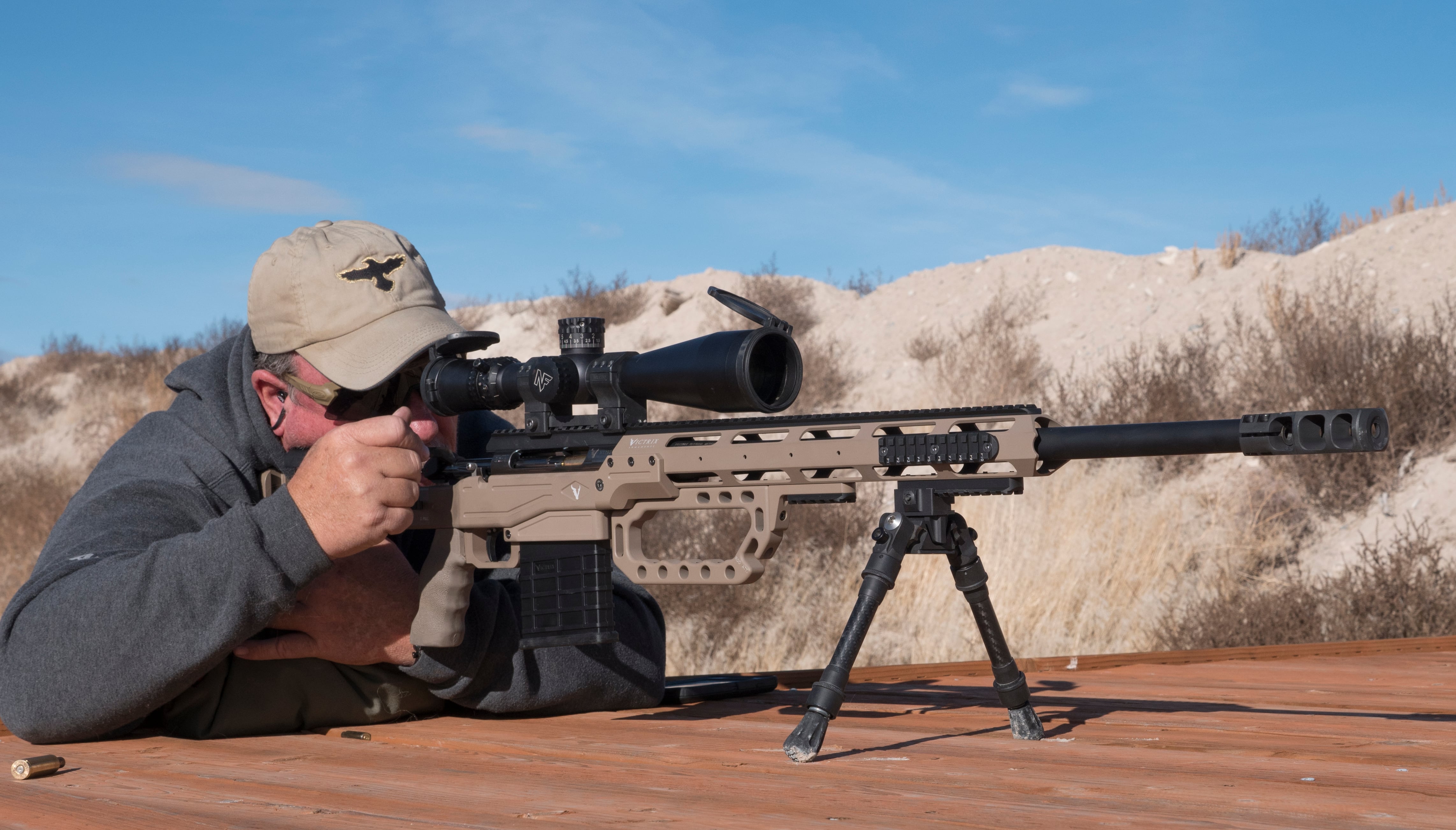
Whether its steel at your range, targets at a competition, or game in the field the rifle is just the means, you are the ultimate determining factor for success. The best shooters get hits with anything, the worst shooters miss no matter what they use.
Once you can outshoot your rifle or other equipment then upgrade as needed.
Will you get hooked?
Shooting long range has been my passion for the last couple decades and remains my favorite shooting discipline.
I tried it once and was hooked, but that’s not true for everyone.
Most seem to really love it, or never want to do it again, so take the time to figure out where you fit before you spend hard earned money.
If you do get into it, then start slow, learn to shoot, add equipment as needed and upgrade when it gets you solid hits on something other than your pocket book!




